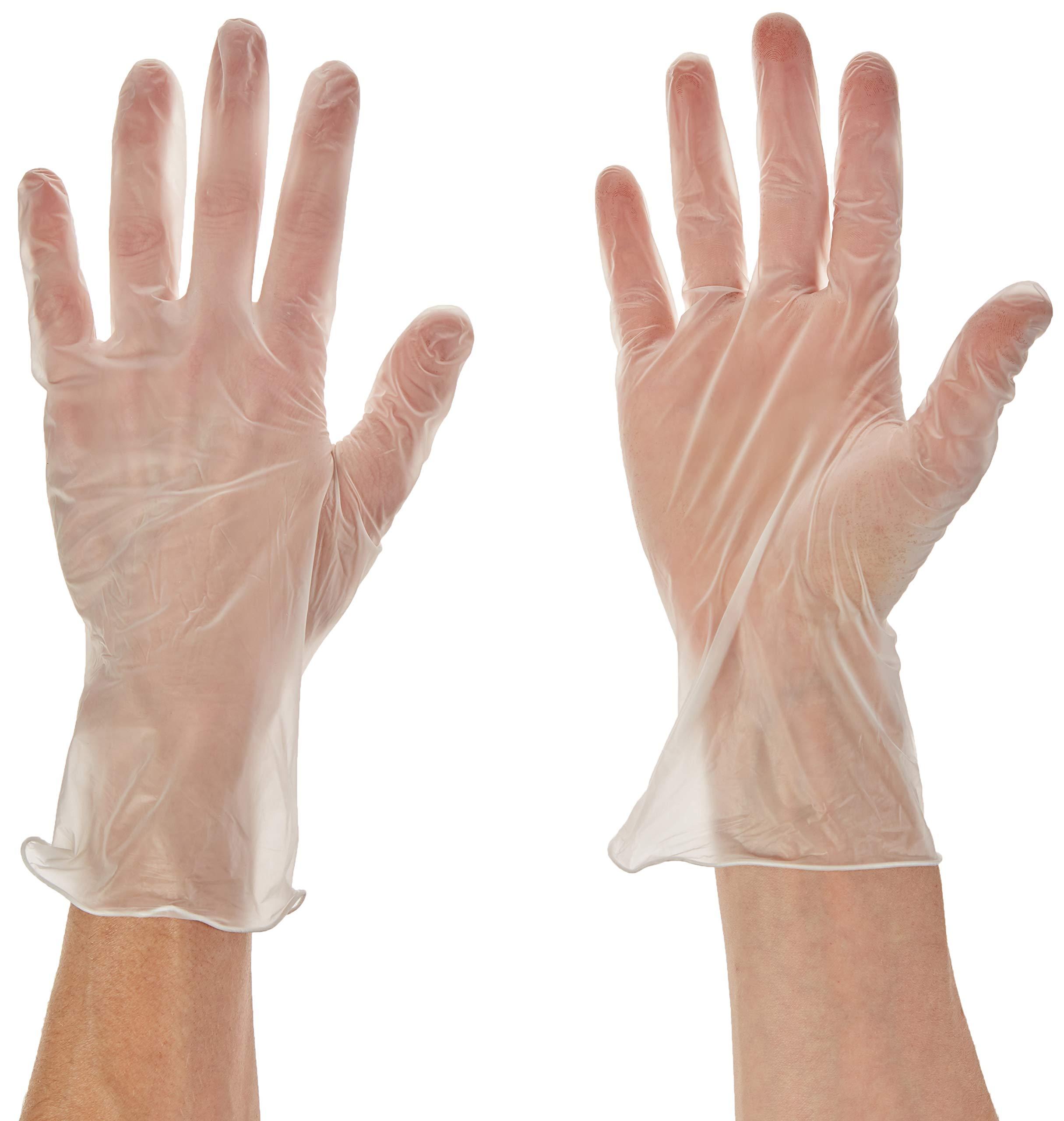Cleanroom Disposable Gloves Market: Key Drivers, Technological Advances, and Innovations Shaping the Future

The cleanroom industry is central to ensuring the highest levels of contamination control. From pharmaceuticals and medical devices to microelectronics manufacturing, cleanroom environments require strict cleanliness and hygiene standards. In this realm, cleanroom disposable gloves play a critical role in safeguarding the quality of products while protecting operators from potential hazards. As industries evolve and adopt new technologies, the future of cleanroom disposable gloves market is undergoing significant transformations, reflecting advancements in materials, user demands, and environmental concerns.
Materials Innovation
One of the primary areas of innovation in cleanroom disposable gloves is material technology. Currently, gloves are often made from latex, nitrile, or vinyl, each offering specific properties suited for various tasks. Latex gloves, for example, are known for their elasticity and tactile sensitivity, making them ideal for tasks requiring fine dexterity. However, due to the rising incidence of latex allergies, alternative materials, such as nitrile and synthetic rubber, have gained popularity.
In the future, we may witness the development of new, sustainable materials that combine strength, flexibility, and hypoallergenic properties without compromising safety standards. For instance, bioplastics and other eco-friendly materials could become more prevalent, offering not only durability and elasticity but also environmental benefits.
Enhanced Barrier Protection
As the level of precision required in industries like semiconductors, pharmaceuticals, and biotechnology increases, so does the demand for higher barrier protection. Cleanroom gloves are designed to act as a physical barrier to contaminants, viruses, and chemicals, but as processing conditions become more complex, even these traditional barriers may not suffice.
The future trend is toward gloves that offer multi-layer protection. Glove designs may incorporate innovative barrier coatings or integrated nanoparticle technology to enhance protection from contamination. Moreover, advanced gloves could feature self-healing abilities, where micro-tears automatically close to maintain the barrier function even in extreme environments.
Smart Cleanroom Gloves
Technology integration is poised to change how cleanroom gloves are used. The rise of wearable technology and smart devices could lead to the introduction of smart cleanroom gloves that offer real-time feedback on factors such as exposure levels to chemicals, temperature, and humidity. These smart gloves may be equipped with sensors that can detect potential contamination and provide an immediate warning to users, allowing for timely corrective actions.
This trend would not only enhance worker safety but also offer valuable data for improving cleanroom operations. The ability to monitor glove wear and tear digitally will enable the maintenance and replacement of gloves more efficiently, ensuring optimal protection at all times.
Customization and Comfort
User comfort is another critical focus in the design of cleanroom gloves. Traditional gloves can sometimes be stiff or uncomfortable, especially during long hours of use. This discomfort can reduce efficiency, increase the risk of improper glove usage, or cause unnecessary fatigue for operators. As the demand for customized, ergonomic solutions grows, glove manufacturers are focusing on tailoring gloves for specific cleanroom tasks, offering varying fits, thicknesses, and coatings based on the application.
In the future, we may see customizable features such as adjustable cuff sizes or gloves designed for specific hand shapes and sizes. Glove innovations could include enhancements in tactile sensitivity and breathability, which could improve the comfort level for extended wear.
Sustainability and Environmental Concerns
Another forward-looking trend for cleanroom disposable gloves is sustainability. While disposable gloves are essential for cleanroom environments, they often create significant environmental challenges. Non-biodegradable materials contribute to long-term waste buildup, especially when used at such large scales in industries like pharmaceuticals and electronics.
The growing emphasis on eco-friendly practices means that glove manufacturers will explore alternatives such as biodegradable, compostable, or recyclable gloves. Additionally, industries may explore a circular economy model that would allow for the reuse or recycling of cleanroom gloves, minimizing waste and environmental impact.
Regulatory Compliance
In addition to material innovations and environmental concerns, the future of cleanroom disposable gloves will be heavily influenced by stricter regulatory standards. Various regulatory bodies globally impose rigorous quality standards for cleanroom gloves to maintain industry hygiene standards. As technology progresses, new safety protocols may emerge, influencing the way gloves are designed, tested, and manufactured.
A key driver for this will be continuous updates in industry regulations and the introduction of new compliance standards, particularly in sectors like healthcare, pharmaceuticals, and biotechnology. Manufacturers must remain agile to adapt their products to meet these evolving requirements.
Conclusion
The cleanroom disposable gloves market is set to undergo substantial advancements driven by material innovation, technology, and regulatory demands. As industries demand higher levels of protection, comfort, and sustainability, cleanroom gloves will become smarter, more personalized, and environmentally conscious. Manufacturers who remain at the forefront of these changes will be critical players in providing cleanroom environments that are safer and more efficient, pushing boundaries to meet the increasingly stringent standards of contamination control.
- Art
- Causes
- Crafts
- Dance
- Drinks
- Film
- Fitness
- Food
- Jogos
- Gardening
- Health
- Início
- Literature
- Music
- Networking
- Outro
- Party
- Religion
- Shopping
- Sports
- Theater
- Wellness


